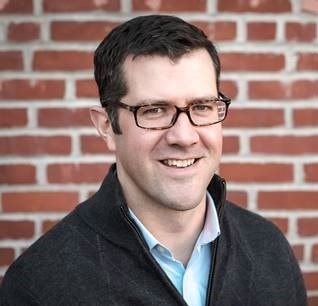Braskem to Build Renewable Innovation Center in Lexington, Massachusetts
New center to focus on accelerating innovation in renewable chemicals and sustainable materials.
A new 35,000 sq.ft. innovation center is being built by Braskem in Lexington, Mass., with capabilities that will expand the company’s competencies in biotechnology, catalysis, process engineering, and open innovation. A particular focus will be given to early-stage science and engineering related to the conversion of biomass-based feedstocks, including sugars, cellulose, plant oils, and lignin, to sustainable chemicals and materials. The new Renewable Innovation Center is located at the Lexington Labs at 10 Maguire Road in Lexington, Mass. owned by Greatland Realty Partners. With the initial design and construction phase currently underway, completion is expected in the second half of 2023.

The recent announcement builds upon Braskem's current Boston-based research team led by Daniel MacEachran, global head of biotechnology, who is leading the new Renewable Innovation Center build-out and professional team expansion. The new center is strategically based in Boston's world-class metro area biotechnology and innovation ecosystem, located within a one-hour drive of more than 60 universities and colleges. Work in the new Lexington center will complement Braskem's global R&D work currently being conducted in Campinas and Triunfo, Brazil as well as in Pittsburgh, Penn. .
Said Braskem America’s CEO Mark Nikolich, "Our new Renewable Innovation Center reflects Braskem's ongoing commitment to a Carbon-Neutral Circular Economy and having a positive impact on the environment. Braskem intends to invest around $20 million to build our Renewable Innovation Center and will continue to invest in developing and retaining a world-class, Boston metro area-based innovation team to create proprietary intellectual property in the areas of sustainable chemicals and materials, all of which will be critical to the future success of Braskem's global business."
Related Content
-
Best Practices for Purging PHA and PHA/PLA Blends
Because bioplastics are processed at lower temperatures, purging between jobs requires a different process and purging agents than those applied for traditional resins.
-
How to Optimize Your Molds and Hot Runners for Processing Bioresins
Demand for bioresins is growing in molded goods, particularly as a sustainability play to replace fossil-fuel based materials, but these materials are not a drop-in replacement for traditional materials. Molds and hot runners need to be optimized for these materials.
-
Why Are They Blending Biopolymers?
A sit-down with bioplastic producer Danimer Scientific showed me there are more possible answers to that question than I had previously thought.












